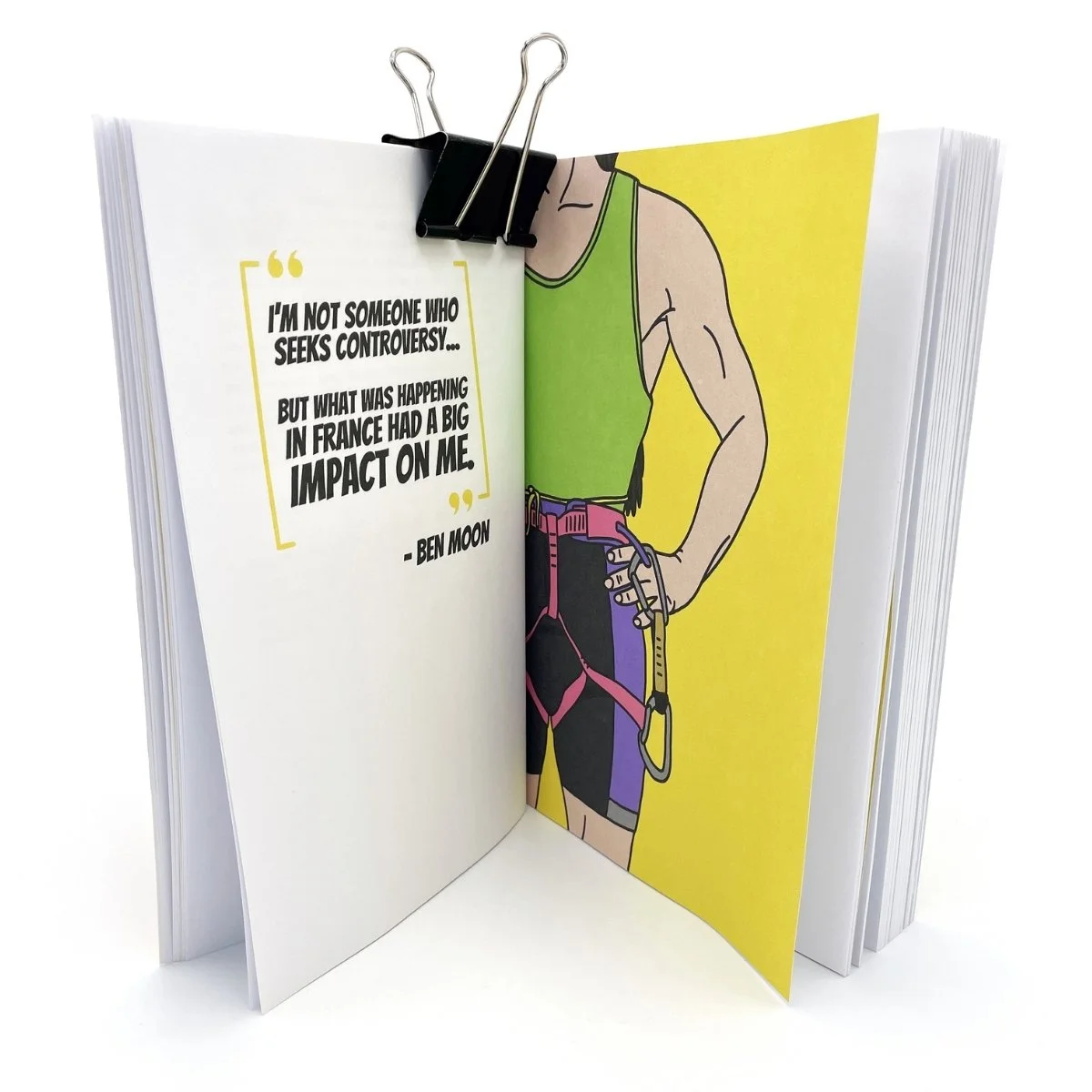Excerpt from Written In Stone: The 1990s:
“I realized that… climbing history wasn’t a bunch of disparate events like we often believe. Instead, it was a series of interrelated and connected moments, one building off the previous, the next climber having that much more of an advantage. Even in worlds that seem entirely separate – like sport climbing and bouldering – the overlap was just too much to ignore.
At the same time, I recognized the importance of being critical of the way we’ve handled history – often as something that, ironically, means our “rules” are written in stone.
But they aren’t.
We can use history to see that we could have done it better, and we get to learn from those mistakes. Sometimes, as you’ll see, that means interrogating some of our time-honored traditions.
So instead of just telling the story of a particular ascent, the season became about telling the story of climbing itself. Where it was at the beginning of the ‘90s and where it had evolved to by the turn of the century. The people who had pushed it to that place, and the routes and boulders that represented the top level of that change.
And most important, if and how these events were connected, and what we can learn from where we went wrong and where we got it right.”








